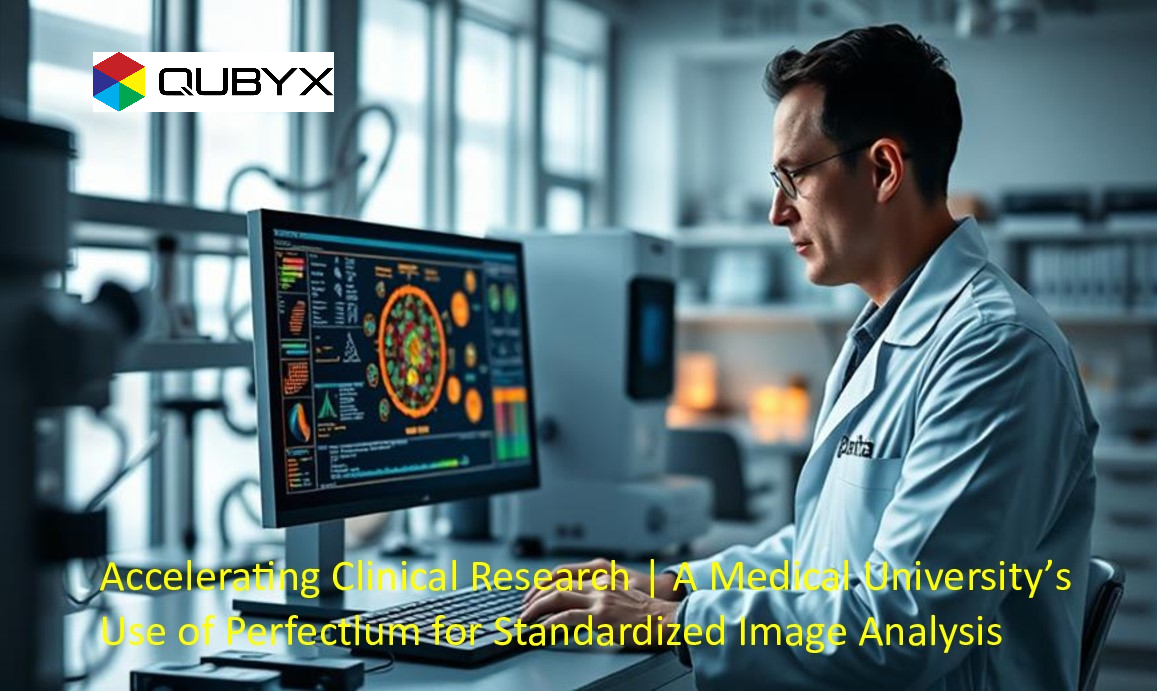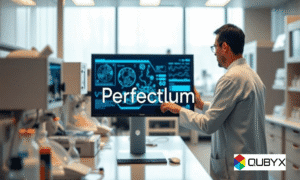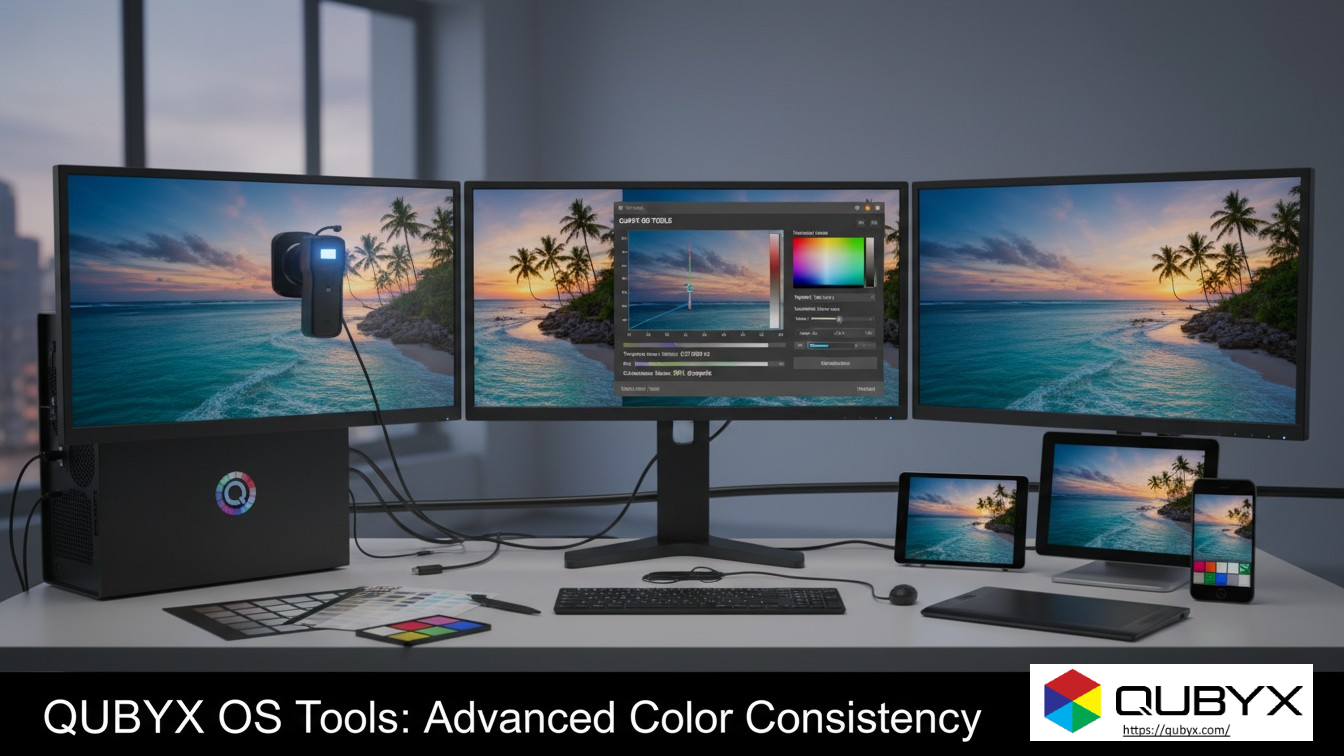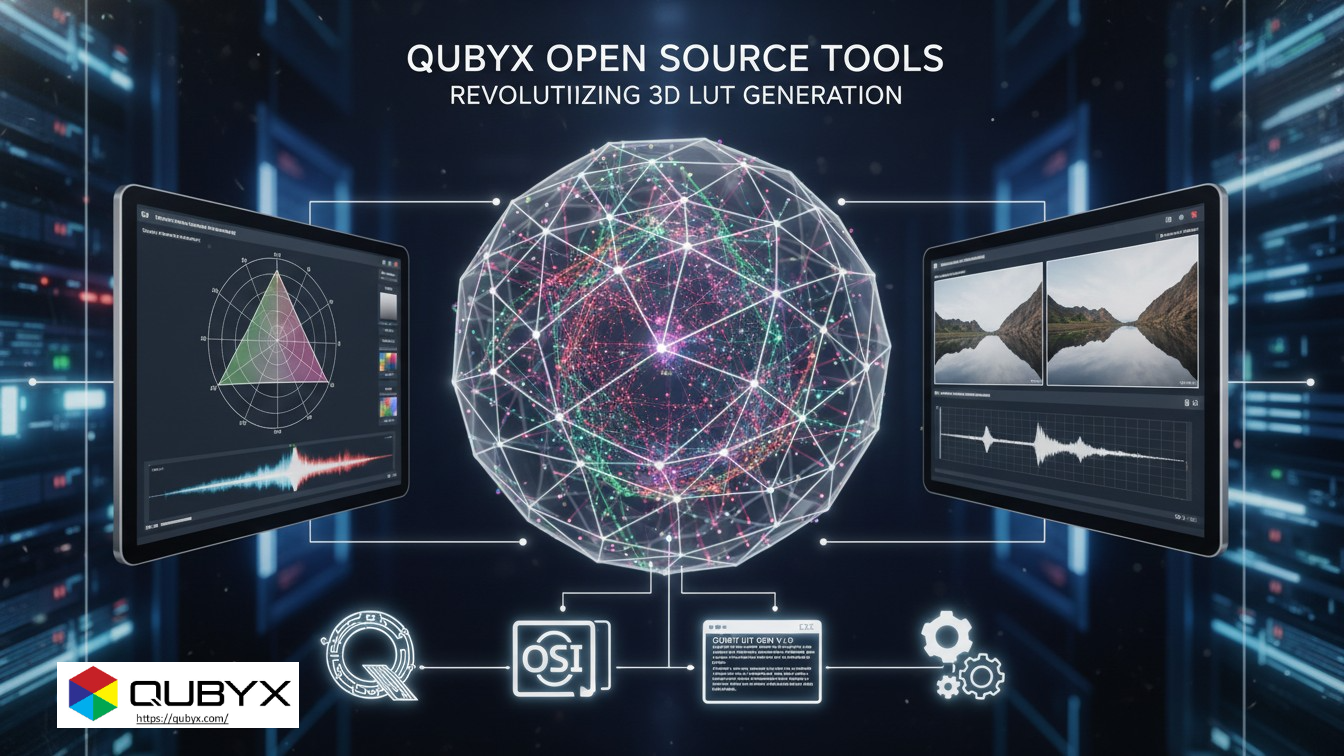News
- Home
- Enhancing Clinical Research Efficiency with Perfectlum


Enhancing Clinical Research Efficiency with Perfectlum
- October 15, 2025
- Shamsul
Enhancing Clinical Research Efficiency with Perfectlum
Accelerating Clinical Research: A Medical University’s Use of Perfectlum for Standardized Image Analysis is transforming the landscape of medical investigations. In today’s fast-paced healthcare environment, clinical research teleradiology plays a crucial role by enabling remote image sharing and analysis, thus speeding up diagnostic processes and research outcomes. Medical universities globally are adopting innovative platforms like Perfectlum to streamline workflows, improve accuracy, and ensure data standardization—key factors in advancing medical research and patient care. The integration of such technologies contributes significantly to accelerating clinical research efforts, fostering collaboration, and generating robust scientific evidence.
As the demand for rapid, reliable, and standardized imaging increases, Perfectlum emerges as a pivotal solution for clinical research teleradiology. It offers a comprehensive framework that supports diverse research initiatives by providing high-quality image analysis capabilities, seamless data sharing, and integration with existing hospital information systems. This convergence of technology and medical expertise empowers universities to push forward with innovative studies, ultimately benefiting patients through faster diagnostic breakthroughs and tailored treatments.
Enhancing Clinical Research Efficiency with Perfectlum
Modern clinical research demands both speed and precision. Traditional imaging analysis often faces challenges of inconsistency, delays, and data mismanagement, which can hinder research progress. By adopting Perfectlum, medical universities are revolutionizing their approach to image analysis, making processes more uniform and efficient. The platform’s user-friendly interface and automation features significantly reduce manual workload, enabling researchers to allocate more time to hypothesis testing and interpretation rather than data handling.
Furthermore, Perfectlum’s capacity for centralized management of imaging data allows for real-time collaboration among geographically dispersed research teams. This connectivity is vital in today’s globalized research environment, where multi-center trials are common. It ensures all team members have consistent, timely access to high-quality images, facilitating accelerated decision-making and reducing overall research timelines. The result is a more agile, responsive research process that aligns with the urgent needs of contemporary healthcare.
The Role of Teleradiology in Modern Medical Universities
Teleradiology is reshaping how medical universities conduct research, particularly in resource-limited settings or during emergencies, such as pandemics. Remote review and analysis of images allow for faster diagnostics and foster collaborative expert consultations across distances. This capability is invaluable for large-scale epidemiological studies, rare disease research, or multi-center clinical trials that require data from diverse populations.
In this context, clinical research teleradiology enhances collaboration efficiency, reduces travel costs, and accelerates data collection, making research endeavors more adaptable and resilient. It also facilitates continuous education and knowledge dissemination among radiologists and clinicians, contributing to improved standards of care and research quality. Integrating teleradiology solutions like Perfectlum ensures that universities can leverage these advantages fully, optimizing their research infrastructure and outcomes.
Perfectlum: Revolutionizing Standardized Image Analysis
Perfectlum stands out as a groundbreaking tool that ensures standardized image analysis in clinical research. Its sophisticated algorithms and AI-powered processing capabilities produce consistent interpretations across diverse imaging modalities. Standardization reduces variability caused by different operators or equipment, resulting in more reliable data—an essential component for evidence-based research.
Beyond that, Perfectlum’s scalability allows it to handle vast datasets, making it suitable for large cohort studies. The platform also offers customizable workflows tailored to specific research protocols, ensuring flexibility without sacrificing standardization. This integration of automation and flexibility helps research teams meet regulatory standards while maintaining high-quality output, thus fostering trust and reproducibility in scientific studies.
Clinical Research Innovations at Medical Universities
Medical universities in USA are at the forefront of clinical research innovation, leveraging advanced tools like Perfectlum to push boundaries. By integrating digital platforms for image analysis, these institutions achieve higher throughput in data processing, which translates into faster publication timelines and clinical trial completion. Such innovations enable early detection of patterns, personalized therapy development, and validation of novel diagnostic techniques.
Additionally, these technological advancements promote interdisciplinary research, bridging radiology, pathology, genetics, and bioinformatics. When combined with real-world data from clinical research teleradiology, university-led studies become more comprehensive and impactful. Embracing these innovations not only elevates academic reputation but also accelerates clinical translation, ultimately benefiting patient populations.
Teleradiology’s Impact on Accelerated Clinical Research
Teleradiology has become a cornerstone in making clinical research more agile. It allows swift transmission of imaging data across institutions, drastically reducing delays associated with physical data transfer and storage. As a result, research projects that once took months to gather and analyze images now proceed on accelerated timelines, ensuring faster trial completion and quicker advancement of medical knowledge.
The impact is especially profound in multi-center trials, where harmonized image analysis is critical for comparability. Teleradiology platforms like Perfectlum offer standardized workflows and quality controls, amplifying accelerating clinical research efforts. They foster inclusive collaboration among researchers worldwide, democratizing access to expert analysis and streamlining pathways from discovery to clinical application.
Implementing Perfectlum for Enhanced Research Outcomes
Implementing Perfectlum in a medical university setting demands strategic planning and user engagement. The initial phase involves assessing existing infrastructure, ensuring compatibility, and training staff for effective utilization. Once integrated, the platform transforms the research environment by automating routine tasks, providing standardized protocols, and enabling remote collaboration.
Long-term adoption yields impressive gains—improved data quality, reduced error rates, and faster project completion. Additionally, institutions often observe increased research funding opportunities due to compliance with international standards for data management and reproducibility. These enhancements culminate in richer research outputs, higher impact publications, and accelerated translation of findings into clinical practice—hallmarks of a progressive academic medical center.
The Future of Standardized Image Analysis in Clinical Settings
Looking ahead, standardized image analysis will become an indispensable element in clinical workflows. Advancements in AI and machine learning promise further automation, predictive analytics, and personalized medicine integration. Platforms like Perfectlum are poised to evolve, offering increasingly intelligent solutions that adapt to new research needs and technological innovations.
The future also envisions more seamless integration with electronic health records, genetic data, and wearable technologies, creating holistic datasets for comprehensive analysis. Such synergy will facilitate precision medicine initiatives and large-scale population studies. As the backbone of clinical research, standardized image analysis will continue to elevate diagnostic accuracy, optimize treatment plans, and drive biomedical breakthroughs.
Maximizing Research Accuracy with Perfectlum Technology
Achieving high accuracy in clinical research depends heavily on data quality, standardization, and process automation—all strengths of Perfectlum. Its AI algorithms minimize human error and variability, ensuring consistent analysis regardless of operator expertise. This reliability is crucial in studies where subtle differences in imaging can influence outcomes and interpretations.
Moreover, Perfectlum’s validation protocols and compliance with regulatory standards bolster confidence in research findings. The platform’s ability to provide detailed audit trails and reproducible results ensures scientific rigor. By maximizing accuracy, institutions can produce credible, high-impact research that advances medical knowledge and informs clinical decision-making.
Advancing Clinical Research through Teleradiology Solutions
Teleradiology solutions like Perfectlum are fundamentally changing how clinical research is conducted, making the process more efficient and globally inclusive. These platforms support continuous data flow, remote expert reviews, and standardized analysis—all critical for high-quality research. They also allow real-time monitoring of data collection and analysis, enabling researchers to adapt protocols swiftly when necessary.
In a broader scope, these solutions facilitate international collaborations, large cohort studies, and real-world evidence generation. As clinical research teleradiology becomes more prevalent, its integration with AI-powered analysis tools promises to further reduce timelines, enhance data consistency, and deepen insights. This evolution paves the way for innovative therapies and improved patient outcomes worldwide.
A Case Study: Perfectlum in Medical University Research
A leading medical university recently integrated Perfectlum into its research infrastructure to study a complex neurological disorder. The platform automated image segmentation and analysis, reducing manual processing time by over 50%. The standardized workflow enhanced reproducibility across multiple research teams and imaging centers, resulting in more reliable data.
As a result, the university accelerated its publication timeline, secured additional research funding, and expanded its collaborative network. The project demonstrated how Perfectlum’s capabilities can significantly improve clinical research teleradiology, leading to faster insights, better resource management, and higher overall research quality. Such case studies exemplify the transformative power of advanced image analysis platforms in academic medicine.
Conclusion
In summary, the integration of Perfectlum into medical university research environments is revolutionizing how imaging data is analyzed, shared, and utilized. By enhancing standardized image analysis and leveraging clinical research teleradiology, institutions are dramatically increasing their research efficiency, accuracy, and collaborative potential. As technology advances, these tools will continue to shape the future of healthcare research, offering unprecedented opportunities for innovation, faster clinical breakthroughs, and ultimately improved patient care worldwide.
Learn more about QUBYX OS Tools and PerfectLum Suite — the most advanced Claibration software-first solutions for radiology, teleradiology, and clinical imaging environments.
Visit www.qubyx.com
To secure medical-grade display precision while reducing the recurring costs of proprietary hardware, the answer is clear: transition to a Calibration Software platform like QUBYX OS Tools (Free) and PerfectLum today.
Tags:
Perfectlum, clinical research efficiency, QUBYX, clinical research teleradiology, standardized image analysis, AI in medical imaging, data standardization, research workflow automation, medical university research, image analysis software, teleradiology solutions, healthcare innovation, clinical research technology, medical imaging software
Related Posts
- December 1, 2025
- News
How QUBYX OS Tools Deliver Next-Level Color Consistency The Hidden
- November 30, 2025
- News
Open-Source Tools for Medical Display QA: Why QUBYX Leads the
- November 29, 2025
- News
How QUBYX Open Source Tools Revolutionize 3D LUT Generation





